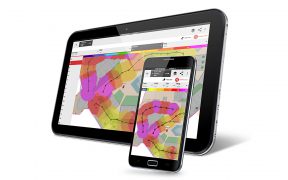Category: Enterprises

If you attended our recent webinar, hopefully you learnt something new about Private Enterprise Networks! Industry analyst Dean Bubley has given us a clear understanding of the market considerations & challenges when it comes to the evolving roles of 5G & Wi-Fi in Enterprise & the new tendency of ‘semi-private’ networks. Vladan Jevremovic, our Senior […]

If RF Signals Were An Opera Picture yourself in an open space – a meadow if you will – on a quiet sunny day. In front of you, 30 meters away, is a full opera. They are singing the Canadian national anthem. Their singing is crisp and clear, just as it should be when you’re […]

Lately I’ve gotten a lot of questions about iBwave Wi-Fi so it seems like a good idea to put together a blog series covering all the different aspects of the iBwave Wi-Fi solution. Today I’ll start with iBwave Wi-Fi Mobile, but first let me describe the overall solution at a really high level. What is […]
